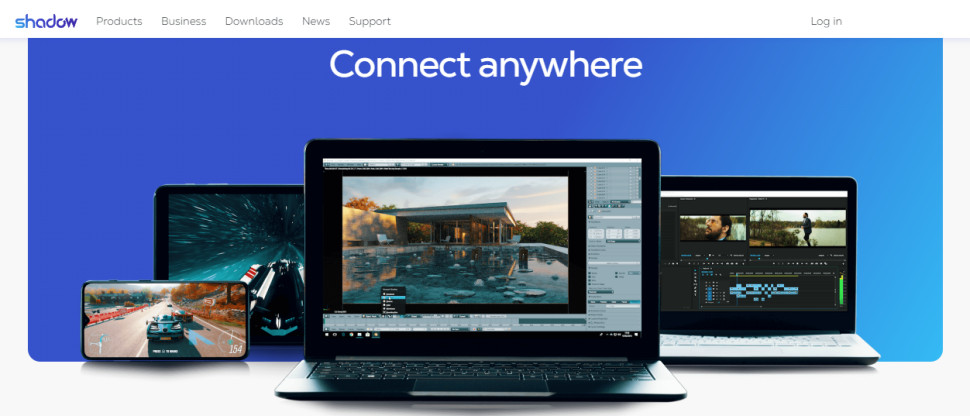TechRadar Verdict
Shadow is a fast and high-spec remote PC which is easy to access from just about any desktop or mobile device. It’s a little expensive to use purely for game streaming, but if you need this level of cloud-based PC power then it’s well worth a look.
Pros
- +
High-powered hardware which can run the most demanding games
- +
Ultra-fast 1Gbps internet connection
- +
Easy to use
- +
Apps for Windows, Mac, Android, iOS, smart TV, more
Cons
- -
Limited support
- -
Relatively expensive as a game streaming service
Why you can trust TechRadar
Shadow is a versatile game streaming and remote desktop service which gives you full access to a powerful cloud PC from all your devices.
We’re not kidding about the ‘powerful.’ Shadow isn’t about hundreds of feeble virtual machines crammed onto overloaded virtual servers. Whenever you connect to Shadow you’re getting all the power of a high-spec gaming PC, which right now means at least a GeForce GTX 1080 GPU (or equivalent), an Intel Xeon 3.5GHz CPU (4 cores, 8 threads), 12GB RAM, 256GB of storage and Windows 10 Home.
There’s a huge bonus in the shape of a 1Gbps internet connection, delivering the best possible gaming performance and ultra-speedy downloads.
You can access all this functionality from all your Windows, Mac, Linux, iOS or Android devices, even many smart TVs. Your connected devices - games controller, mouse, external drives - work just as they do locally. And there’s no need for a fast local internet connection: Shadow’s minimum speed requirement is just 15Mbps.
Shadow: Pricing and plans
Shadow prices start at $29.99 / £28 / AUD$50 billed monthly. In theory there’s also a one-off $29.99 activation fee, although Shadow isn’t charging this as we write.
Paying an extra $14.99 / £14 / AUD$25 a month for the Power Upgrade plan ups the system specs to a Ray Tracing-enabled GeForce RTX 3070 (or an AMD equivalent, depending on your location), with an AMD EPYC 7543P 2.8GHz CPU or similar, and 16GB RAM.
If the standard 256GB storage is a little cramped for your liking, no problem, you can add more 256GB blocks for $2.99 / £2.80 / AUD$5 each, up to a maximum 5TB.
Put that all together and a quality Shadow PC with the Power Upgrade and 1TB of storage costs $53.95 / £45 / AUD$80 billed monthly.
If you’re solely interested in gaming streaming, there are cheaper services around. PlayStation Plus gives you access to a library with hundreds of games (as well as a stack of other benefits) for $10 / £9 / AUD$15 a month on the annual plan. GeForce Now’s GeForce RTX 3080 setup costs $16.67 / £15 / AUD$25 a month on the six month plan.
Compare Shadow with similar remote PC services, though, and it’s a different story. Microsoft’s Windows 365 Premium system has less CPU power,16GB RAM, 128GB storage and no GPU, for instance, yet it’s more expensive at $66 a month. If you’ll use Shadow’s power, it looks like a good deal.
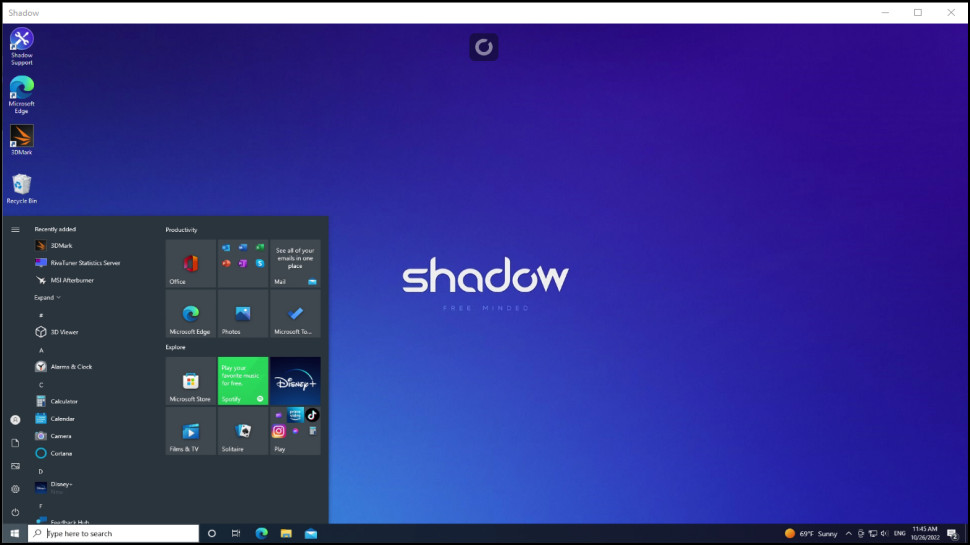
Shadow: How it works
Sign up with Shadow and the company goes to work, creating and activating your remote PC. This doesn’t happen instantly, but it should be up and running within an hour, and the service sends you an email when your PC is ready to go.
Shadow’s Windows installer set up a simple app on our local system. We launched it and watched as the app fired up our cloud PC, then opened and displayed our desktop, all in a surprisingly speed 30 seconds.
Each Shadow cloud PC starts life with a standard Windows 10 setup, so your first task is to install whatever games or tools you need. Download Chrome, say, maybe Steam: whatever you’re doing, the powerful hardware and 1Gbps download speeds mean it shouldn’t take long.
All this happens on a full-screen view of your Shadow desktop. The app sets this to use the same screen resolution as your host device, making it comfortable to switch from one to the other. We found the mouse moved smoothly on our Shadow PC, windows opened and displayed instantly, with no annoying lags. It’s easy to forget your actual PC is hundreds, maybe thousands of miles away.
Most game controllers (Xbox, PlayStation, Nintendo Switch and others) should be automatically detected and made available in your Shadow. There are one or two quirks with some of the less common hardware, though: a couple of Logitech controllers are supported on Windows, for instance, but not Mac. If controller compatibility is vital for you, check out the website for details on what’s supported, and where.
USB support is a little more straightforward. We connected a USB webcam and external hard drive, for instance, and the app automatically detected both. Once we’ve given permission, the app connected them to our Shadow and we could use them as normal. Transferring files to and from our Shadow was then as easy as saving them to the USB drive.
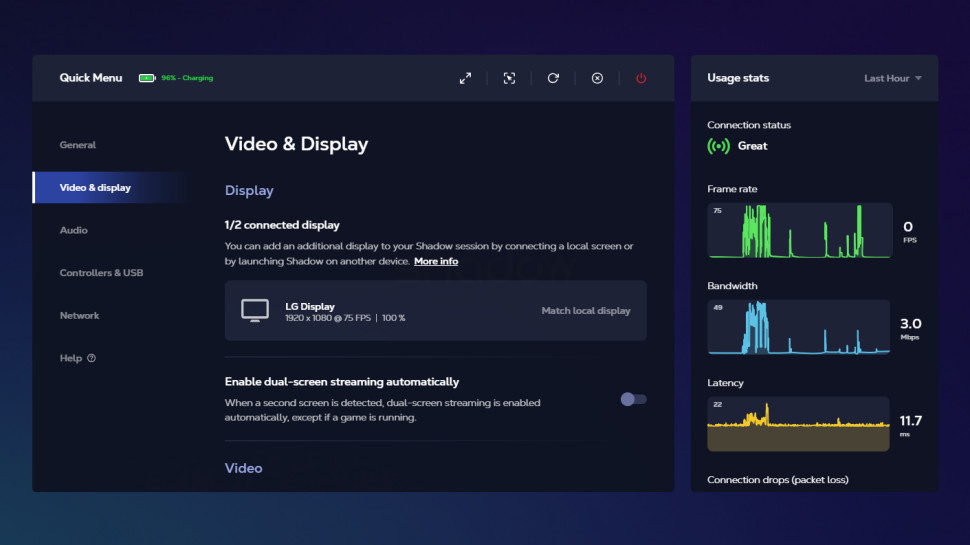
Shadow: Mac and mobile apps
Shadow’s Mac app looks and works almost identically to the Windows edition. Setup was hassle-free, and within a couple of minutes we were looking at our Shadow’s Windows desktop on a Macbook Pro screen.
This didn’t entirely run as smoothly as we’d like. Trackpad scrolling was much faster on Shadow’s desktop than native Mac apps, for instance, a potential usability annoyance. But in general, the desktop was just as snappy and responsive as on Windows.
Shadow’s Android and iOS apps are just as easy to set up, and we had no trouble accessing our remote PC. Using it can be awkward on hardware which doesn’t have a physical keyboard, because Shadow doesn’t automatically show your device’s on-screen keyboard when you click in a textbox (you must open it yourself.) But if you’re mostly just pointing and tapping, this shouldn’t be a concern.
The desktop was otherwise simple to use for us, but if you’re not as lucky, there are plenty of settings to help. You can change the screen resolution to suit a smaller device, for instance, or apply various tweaks to get better results on a low-speed internet connection.
Shadow has another welcome bonus in the ability to connect a couple of devices at the same time. Only one of them can control the desktop at a time, but the other can watch what’s going on, a convenient extra touch.
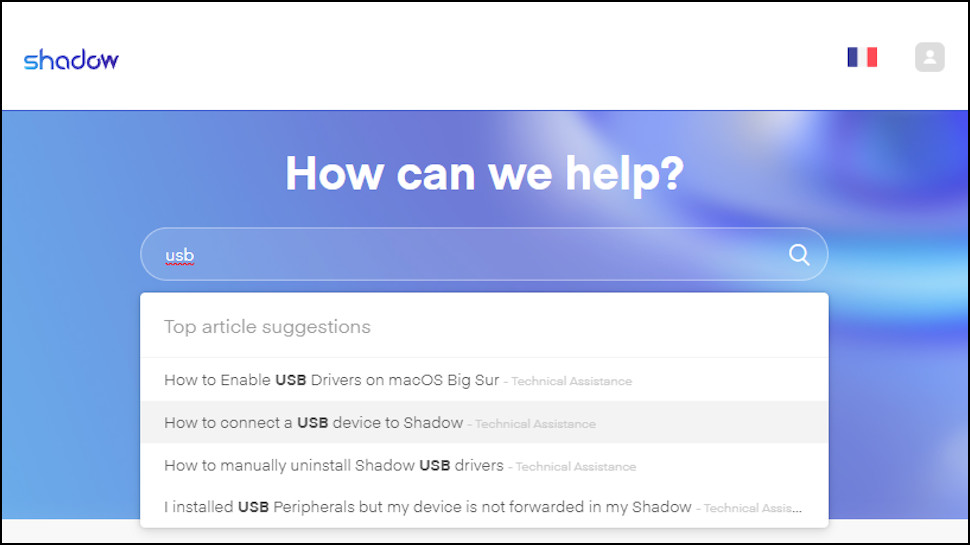
Shadow: Support
Shadow is a complex system with scope for all kinds of problems and complications, so you might expect great support on hand to help you solve any issues. But the reality is a little different.
The support site has relatively few articles, for instance. Some are years old, short on detail, and they don’t explain all the various app settings (a few are barely mentioned at all.)
There’s no live chat for immediate feedback, either. We raised a ticket to check response time, but didn’t get a reply for around 23 hours. (It was accurate, helpful and friendly, though, so arguably worth the wait.)
There is one welcome plus in a busy web forum. Questions generally aren’t answered quickly here, either, but just being able to search for similar problems to yours can help a lot. And if you’re not yet decided whether to sign up or not, it’s well worth browsing the forum for a while, just to see what paying customers are talking about.
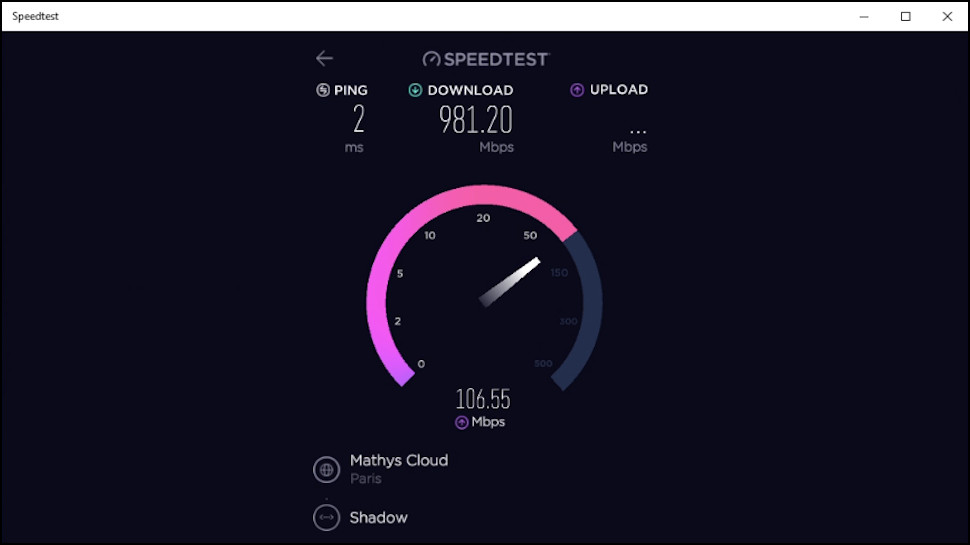
Shadow: Performance
Shadow sells itself in part on the power of your remote PC, but is it really as fast at the company claims? We ran a few tests to find out more.
Gaming benchmark 3DMark gave our Shadow a capable score of 10141, better than 61% of other systems taking the test. 3DMark’s rankings suggest that’s better than a ‘Gaming PC’, but not quite as good as a ‘High-end Gaming PC.’
PCMark awarded Shadow an equally speedy 6,049. To put that into perspective, we also ran PCMark on a high-end Windows 365 cloud PC, and Shadow outpaced it in most areas: Spreadsheets (9,296 vs 4,857 ), Writing (7,138 vs 5,797), Web Browsing (8,269 vs 5,557), and of course all the GPU tests, which the Windows 365 setup couldn’t run at all.
The 1Gbps internet connection is a major plus, whether you’re gaming or not, and we were keen to see how it performed in real life. The results were excellent, with SpeedTest reporting average downloads of 950Mbps on our review system. And that’s not just a peak ‘best case’ score– we saw the same blistering downloads, every time we checked.
Shadow: Final verdict
Shadow is a very fast cloud PC, and a wide range of generally easy-to-use apps means you can use it effectively from just about anywhere. The service may not be right for everyone: gamers can find far cheaper game streaming services, and office users are likely to want more support and PC management tools. The price is fair for what you’re getting, though, and if you’ll make use of Shadow’s power then we’d recommend you give it a try.

Mike is a lead security reviewer at Future, where he stress-tests VPNs, antivirus and more to find out which services are sure to keep you safe, and which are best avoided. Mike began his career as a lead software developer in the engineering world, where his creations were used by big-name companies from Rolls Royce to British Nuclear Fuels and British Aerospace. The early PC viruses caught Mike's attention, and he developed an interest in analyzing malware, and learning the low-level technical details of how Windows and network security work under the hood.
